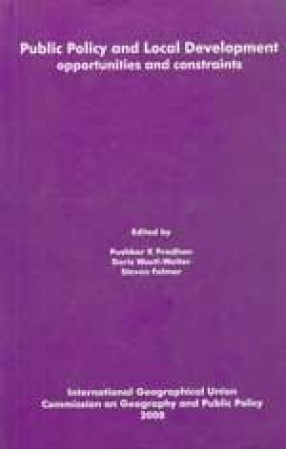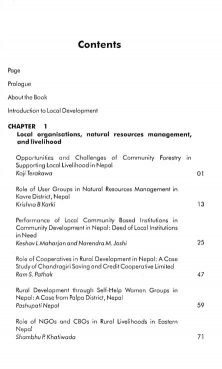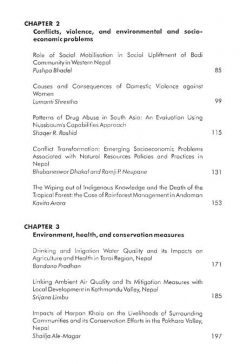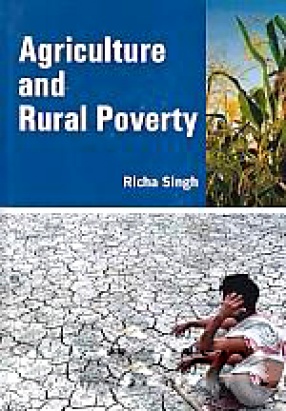The study of public policies regarding local development and its challenges and opportunities has long been a keen interest among local development academics, geographers, planners, and policy makers all over the world. The book covers a few efforts being made to appreciate public policies and opportunities, as well as rous examples of approaches that appear to be working, and collectively these represent what can currently be judged as best practices. It also describes approaches or public policy measures that have not been so effective. Thus, in light of planning’s significance as a projectionthe challenges, facing local development. In doing so, it provides nume tool, attempts are being made to analyze the interrelationship between theoretical and practical aspects of local development planning. The many cases studies given throughout the book help to close the gap between theoretical analysis and local development practices adopted in the developing countries including Nepal, Bangladesh, China, and India, as well as in more developed European countries such as Spain and Slovakia. All the papers for the book have been reviewed by the editors and revised by the authors incorporating the comments and questions raised by the editors and participants during the discussions at the conference. We believe that this book contains papers of original work by the authors, based extensively on their own experiences in the field. The contents of the book are divided into four chapters. Chapter I contains six papers, dealing with local organizations, natural resources management, and livelihood. Of these six, two papers are concerned with local user groups and natural resources management of forest and water resources and two others deal with local organizations and rural development, while the remaining two papers highlight community development and rural livelihood. Containing five papers, Chapter II addresses local development problems such as conflicts, violence, and environmental and socioeconomic issues. Two of the five papers deal with gender issues such as prostitution and how community mobilization has been able to sensitize people about prostitution and domestic violence and the remaining three are each concerned with unique problems, such as drug abuse, conflict transformation of natural resources policies and practices, and wiping out indigenous knowledge of how to manage forests. In Chapter III are five papers associated with environment, health, and conservation measures. Of these, two papers discuss the pollution of water and air and their impacts on health and local development and the three remaining papers each deal with different issues, such as impacts of rivers on the livelihood of local communities, sustainability of mountain environments, and recreation development activities in arid lands. Finally, Chapter IV, consisting of seven papers, focuses on development approaches and public policies at local, regional, and national levels. Two papers discuss educational delivery and school governance, and the remaining five papers concern five papers concern five different issues, such as village tourism and local development, urban agriculture and poverty alleviation, immigration and local development policies, periodic markets management for local development, and the role of indigenous political leaders in local development, respectively. This book should be of use to national, regional, and local planning authorities. It can also serve as a reference for both students and tutors. In addition, the book will be useful to development practitioners, policy makers, and researchers interested in public policies, local development, and livelihoods. In the meantime, we welcome any comments and suggestions regarding the papers, contents, and focus of this book.
Agriculture and Rural Poverty
$86.40
$96.00









There are no reviews yet.